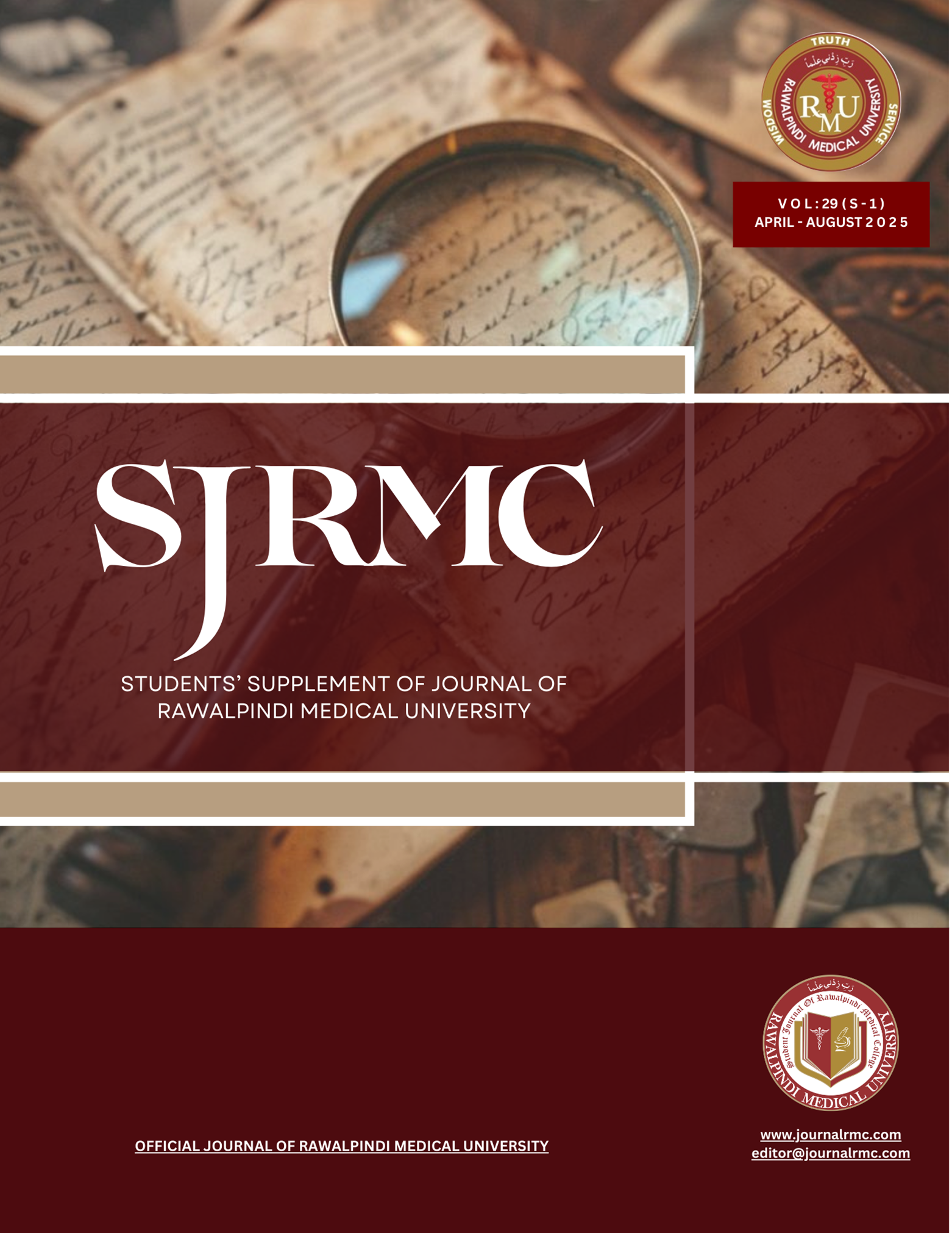Abstract
Background and Objectives: Heart failure with preserved ejection fraction (HFpEF) is a complex clinical syndrome characterized by myocardial fibrosis and diastolic dysfunction, with limited effective therapies. Immune-mediated mechanisms are increasingly recognized as key contributors to HFpEF pathogenesis. This study focuses on using machine learning (ML)-based immune deconvolution to identify specific immune cell populations and their interplay with fibrotic pathways to provide important insights regarding HFpEF mechanisms and potential therapeutic targets.
Methods: RNA sequencing datasets from myocardial tissues of HFpEF patients and healthy controls were analyzed using machine learning deconvolution algorithms (CIBERSORTx and xCell). Immune cell proportions were correlated with fibrotic gene expression, including collagen I, fibronectin, and TGF-β1. Clustering analysis identified immune-fibrotic phenotypes. Predictive models were developed to assess the role of specific immune infiltrates in fibrosis
severity and clinical outcomes.
Results: Machine learning identified increased infiltration of M2 macrophages and regulatory T cells (Tregs) in fibrotic myocardial regions of HFpEF patients, alongside reduced cytotoxic NK cell activity. M2 macrophage abundance strongly correlated with collagen I and fibronectin expression (r = 0.89, p < 0.01), suggesting a pivotal role in driving myocardial fibrosis. Tregs were associated with enhanced TGF-β1 signaling, further promoting fibrotic remodeling. Clustering analysis revealed two distinct immune-fibrotic subtypes: Inflammatory-dominant subtype: Marked by elevated pro-inflammatory cytokines (IL-6, TNF-α) and moderate fibrosis, associated with early-stage HFpEF and Fibrosis-dominant subtype: Characterized by excessive ECM deposition, advanced myocardial stiffness, and poor diastolic function, correlating with worse clinical outcomes.
Conclusion: This study highlights the role of M2 macrophages, Tregs, and TGF-β1 signaling in HFpEF-associated myocardial fibrosis, identifying distinct immune-fibrotic phenotypes with potential diagnostic and therapeutic relevance. Targeting macrophage polarization and fibrotic signaling pathways could potentially be identified as a new treatment strategy to prevent HFpEF progression.

